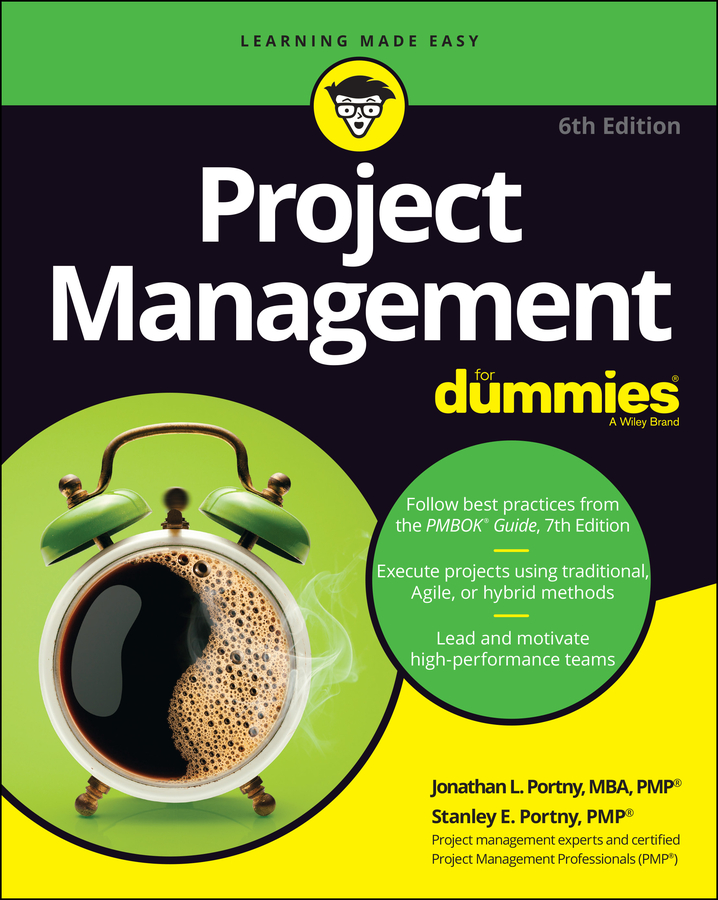After you’ve developed your project-management plan and set your appropriate project baselines, it’s time to get to work and start executing your project plan. This is often the phase when management gets more engaged and excited to see things being produced.
Preparing to begin the project work involves the following tasks:
Assigning people to all project roles: Confirm the individuals who’ll perform the project work, and negotiate agreements with them and their managers to assure they’ll be available to work on the project team.
Introducing team members to each other and to the project: Help people begin developing interpersonal relationships with each other. Help them appreciate the overall purpose of the project and how the different parts will interact and support each other.
Giving and explaining tasks to all team members: Describe to all team members what work they’re responsible for producing and how the team members will coordinate their efforts.
Defining how the team will perform its essential functions: Decide how the team will handle routine communications, make different project decisions, and resolve conflicts. Develop any procedures that may be required to guide performance of these functions.
Setting up necessary tracking systems: Decide which system(s) and accounts you’ll use to track schedules, work effort, and expenditures, and set them up.
Announcing the project to the organization: Let the project audiences know that your project exists, what it will produce, and when it will begin and end.
Suppose you don’t join your project team until the actual work is getting under way. Your first task is to understand how people decided initially that the project was possible and desirable. If the people who participated in the start of the project and the organizing and preparing stages overlooked important issues, you need to raise them now. When searching for the project’s history, check minutes from meetings, memos, letters, e-mails, and technical reports. Then consult with all the people involved in the initial project decisions.
Finally, you get to perform the project work! The performing subgroup of the executing processes includes the following tasks:
Doing the tasks: Perform the work that’s in your plan.
Assuring quality: Continually confirm that work and results conform to requirements and applicable standards and guidelines.
Managing the team: Assign tasks, review results, and resolve problems.
Developing the team: Provide needed training and mentoring to improve team members’ skills.
Sharing information: Distribute information to appropriate project audiences.

